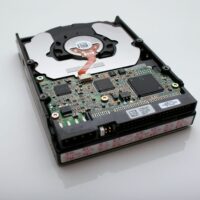Enabling developer options and USB debugging on Android allows you to access advanced features and settings that are not normally available to users. Here’s how you can enable them:
- Go to your device’s “Settings” app and scroll down to “About phone” or “About device.”
- Look for the “Build number” or “Software information” section. Tap on it repeatedly until you see a message that says “You are now a developer.”
- Go back to the main “Settings” menu and you should see a new option called “Developer options.”
- Tap on “Developer options” and turn on the toggle switch at the top of the screen to enable it.
- Scroll down to “USB debugging” and turn on the toggle switch next to it.
- If prompted, confirm that you want to enable USB debugging.
- Connect your device to your computer using a USB cable.
- You may be prompted to allow USB debugging on your device. If so, tap “OK” or “Allow.”
Once you have enabled USB debugging, you can use Android Debug Bridge (ADB) to connect to your device from your computer and perform advanced tasks, such as installing apps, accessing system files, and debugging applications.
Note that enabling developer options and USB debugging can be risky if you are not familiar with advanced Android features and settings. It can also make your device more vulnerable to security risks, so it’s important to only enable these features if you know what you are doing and take appropriate precautions.














